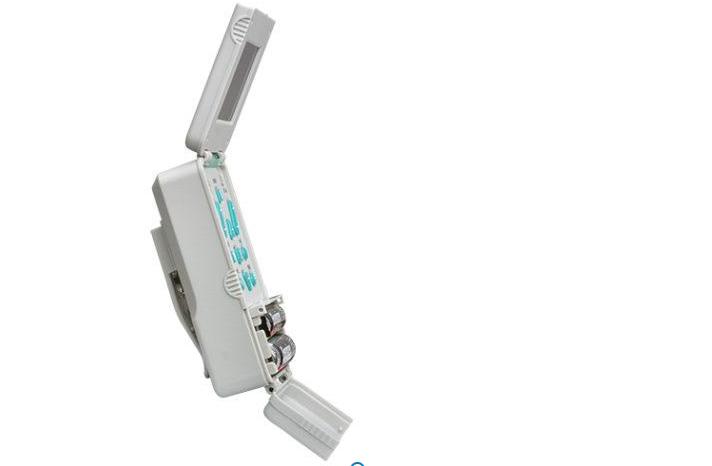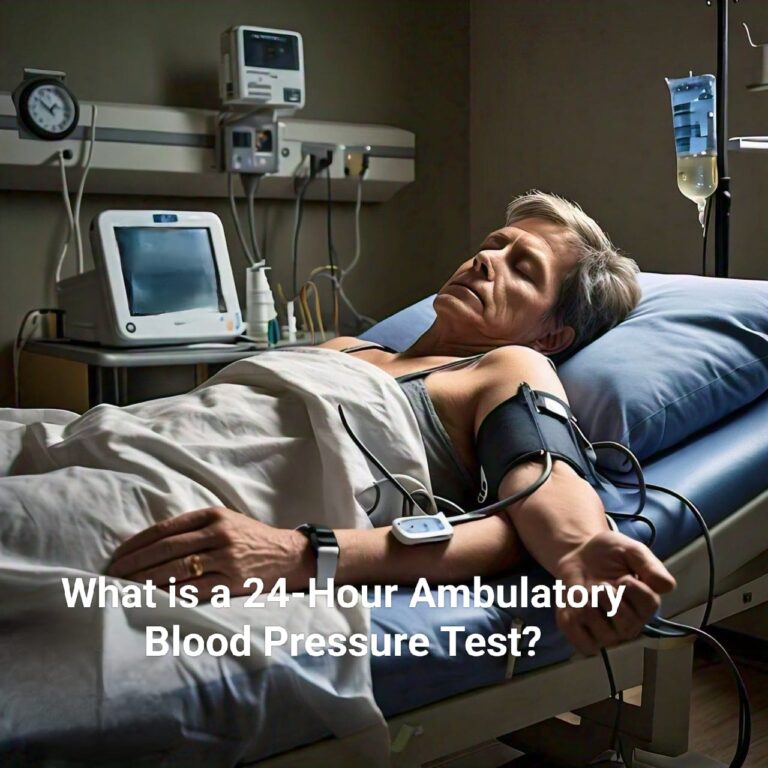Types of Physical Disabilities: Definitions and Characteristics
Understanding the diverse range of physical disabilities is crucial for fostering a more inclusive and empathetic society. Physical disabilities can affect a person’s mobility, dexterity, or sensory functions, often requiring specific accommodations to ensure full participation in everyday activities. Here, we explore the various types of physical disabilities, their definitions, and key characteristics.
1. Mobility Impairments
Definition: Mobility impairments refer to disabilities that affect a person’s movement and coordination. These can be congenital, such as cerebral palsy, or acquired through injury or illness, such as spinal cord injuries or multiple sclerosis.
Characteristics:
- Difficulty walking or inability to walk.
- Use of assistive devices like wheelchairs, walkers, or crutches.
- Muscle weakness or paralysis.
- Limited range of motion or joint stiffness.
Individuals with mobility impairments may require ramps, elevators, and accessible transportation to navigate their environment effectively.
2. Musculoskeletal Disorders
Definition: Musculoskeletal disorders involve conditions that affect the bones, muscles, and joints, leading to pain and functional limitations. Common examples include arthritis, osteoporosis, and muscular dystrophy.
Characteristics:
- Chronic pain and inflammation in the joints.
- Decreased strength and endurance.
- Limited flexibility and range of motion.
- Difficulty performing tasks that require fine motor skills.
Adaptive tools and ergonomic adjustments can help individuals with musculoskeletal disorders maintain their independence and comfort.
3. Neurological Disorders
Definition: Neurological disorders encompass conditions that affect the nervous system, impacting movement, sensation, and coordination. Examples include Parkinson’s disease, multiple sclerosis, and epilepsy.
Characteristics:
- Tremors, muscle spasms, and involuntary movements.
- Balance and coordination issues.
- Sensory disturbances like numbness or tingling.
- Fatigue and cognitive challenges.
Medications, physical therapy, and assistive technology play a vital role in managing the symptoms of neurological disorders.
4. Sensory Disabilities
Definition: Sensory disabilities affect the senses, particularly vision and hearing, and can be present from birth or acquired later in life. Examples include blindness, low vision, deafness, and hearing impairments.
Characteristics:
- Complete or partial loss of vision or hearing.
- Difficulty perceiving auditory or visual information.
- Reliance on alternative communication methods, such as Braille or sign language.
- Use of assistive devices like hearing aids, cochlear implants, or white canes.
Environmental modifications, such as tactile signage and visual alarms, help individuals with sensory disabilities navigate and interact with their surroundings.
5. Chronic Illnesses
Definition: Chronic illnesses are long-term health conditions that can significantly impact physical functioning. Conditions like diabetes, cardiovascular disease, and chronic fatigue syndrome fall into this category.
Characteristics:
- Persistent pain, fatigue, and weakness.
- Fluctuating symptoms that vary in severity.
- Need for ongoing medical treatment and management.
- Impact on daily activities and overall quality of life.
Lifestyle modifications, medication management, and support networks are essential for individuals living with chronic illnesses.
6. Amputations
Definition: Amputation involves the loss of a limb or part of a limb due to injury, disease, or congenital conditions. This can significantly impact a person’s mobility and dexterity.
Characteristics:
- Use of prosthetic limbs or adaptive devices.
- Phantom limb pain and sensation.
- Need for physical therapy and rehabilitation.
- Adaptation to new ways of performing tasks.
Advancements in prosthetic technology and rehabilitation techniques have greatly improved the quality of life for individuals with amputations.
7. Respiratory Disorders
Definition: Respiratory disorders affect the lungs and breathing, leading to difficulties in respiratory function. Conditions such as chronic obstructive pulmonary disease (COPD) and asthma are common examples.
Characteristics:
- Shortness of breath and difficulty breathing.
- Chronic cough and wheezing.
- Fatigue and reduced physical stamina.
- Need for supplemental oxygen or ventilatory support.
Management of respiratory disorders often includes medication, lifestyle changes, and respiratory therapy to enhance breathing efficiency.
Promoting Inclusion and Accessibility
Recognizing and understanding the different types of physical disabilities and their characteristics is crucial for building a more inclusive society. Providing accommodations such as accessible infrastructure, assistive technology, and supportive policies is essential to ensure that individuals with physical disabilities can live fulfilling and independent lives.
Additionally, home health care in Philadelphia can play a significant role in supporting those with physical disabilities, offering personalized care and assistance to enhance their quality of life. By fostering awareness and empathy, we can break down barriers and create a community that values diversity and inclusivity, allowing everyone to thrive regardless of their physical abilities.
Keep an eye for more news & updates on Buzz Released!






